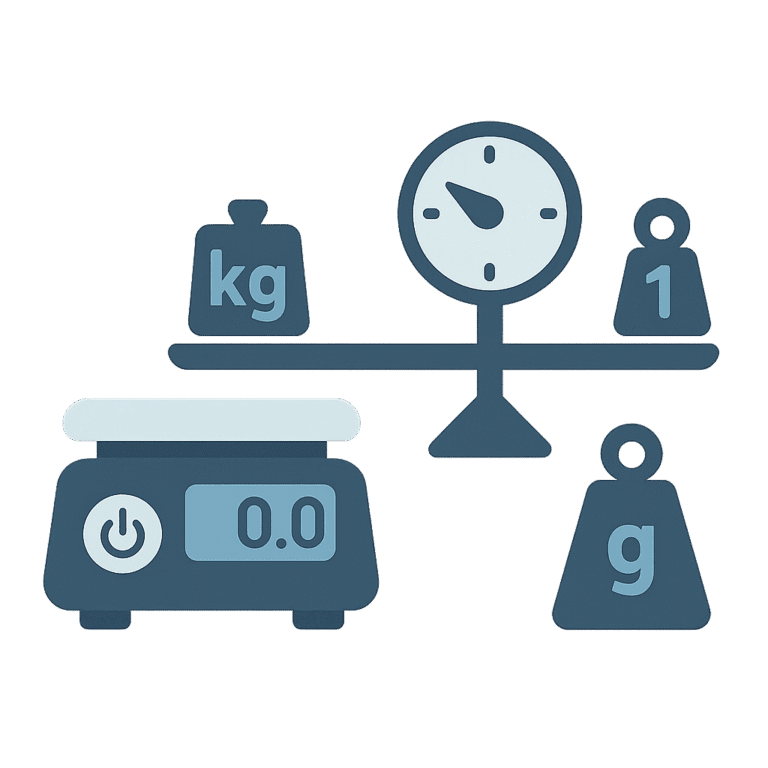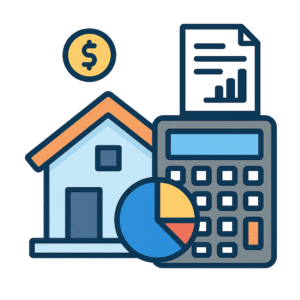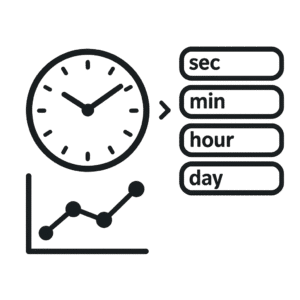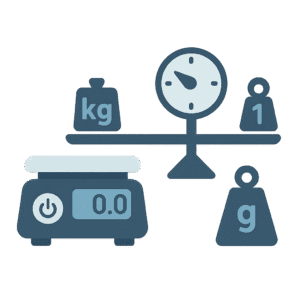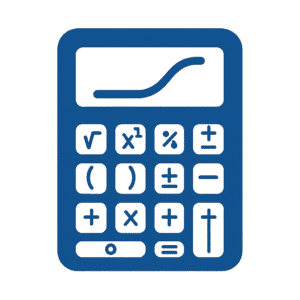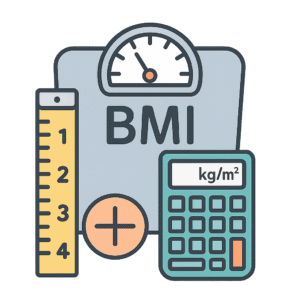Understanding Weight Conversion: Why Accurate Unit Conversion Matters
Whether you’re tracking your fitness goals, comparing food labels, or handling international shipping weights, converting between different units of weight is something we all do—often without realizing it. From kilograms and pounds to ounces and grams, weight conversions are essential for daily life, science, travel, and trade. That’s where a reliable weight converter like ours becomes an indispensable tool.
In this article, we’ll break down what weight conversion is, the common units used globally, and why digital weight converter tools are the easiest way to ensure accurate results—fast.
What Is Weight Conversion?
Weight conversion is the process of converting a value in one unit of mass to another. For instance, converting 5 kilograms to pounds, or 10 ounces to grams.
Different regions of the world use different measurement systems. While the metric system (kilogram, gram) is widely used in most countries, the imperial system (pound, ounce) is still common in the United States and a few other places.
Why Do We Need a Weight Converter?
There are several scenarios where converting weight units is crucial:
-
Cooking and Recipes: You may find a cake recipe that uses grams, but your measuring tools only support ounces.
-
Fitness and Health: Many fitness apps or gym equipment use pounds, while your dietitian tracks your weight in kilograms.
-
Travel and Baggage: Airlines often state baggage limits in kilograms, but your home scale shows pounds.
-
E-commerce and Shipping: International sellers need to accurately display product weights in customer-friendly formats.
-
Academic and Science Projects: Students and researchers often juggle between metric and imperial units, especially in STEM fields.
Having a digital weight converter saves you time and prevents calculation errors.
Common Units of Weight and Their Conversions
Here are the most used weight units and their equivalent values:
-
1 kilogram (kg) = 1000 grams (g)
-
1 kilogram (kg) ≈ 2.20462 pounds (lbs)
-
1 pound (lb) = 16 ounces (oz)
-
1 pound (lb) ≈ 453.592 grams (g)
-
1 ounce (oz) ≈ 28.3495 grams (g)
These conversions might seem straightforward, but trying to do them manually—especially when dealing with decimal points—can quickly get confusing.
How to Use Our Online Weight Converter Tool
Our Weight Converter calculator is user-friendly and lightning fast. Here’s how it works:
-
Enter the value: Start by typing in the number you want to convert.
-
Choose the input unit: Select the current unit of your value (e.g., grams, pounds).
-
Select the output unit: Choose the unit you want to convert to (e.g., ounces, kilograms).
-
Get instant results: The converter instantly displays your result without any reloads.
No need for pen and paper or remembering complex formulas.
Why Accuracy Is Critical in Weight Conversion
Even a small mistake in weight conversion can lead to major issues:
-
A fitness plan could fail if weight tracking is inconsistent.
-
An online store might lose credibility if shipping charges are miscalculated.
-
A scientific experiment could give incorrect results, invalidating the data.
-
In cooking, especially baking, improper measurements can completely ruin the recipe.
An online converter minimizes these risks by ensuring your conversions are precise every single time.
Tips for Accurate Weight Conversion
-
Always double-check the units you are working with.
-
Use a digital converter instead of manual calculations, especially when working with decimals.
-
Avoid rounding off too early in the calculation process.
-
When measuring by hand, ensure your scale is calibrated to the correct unit.
Bonus: Convert On the Go
Our converter is fully mobile-optimized. So whether you’re in a kitchen, gym, lab, or shipping center—you can access it easily on your phone.
Want to learn more about unit conversions and their importance? Check out this detailed guide on weight and mass conversions by the NIST
Final Thoughts
Having an accurate and responsive weight converter at your fingertips empowers you to make better, faster, and more confident decisions—whether you’re counting calories, shipping products, or solving physics problems.
Start using our free Weight Converter calculator today to make your life a little easier and a lot more accurate.

